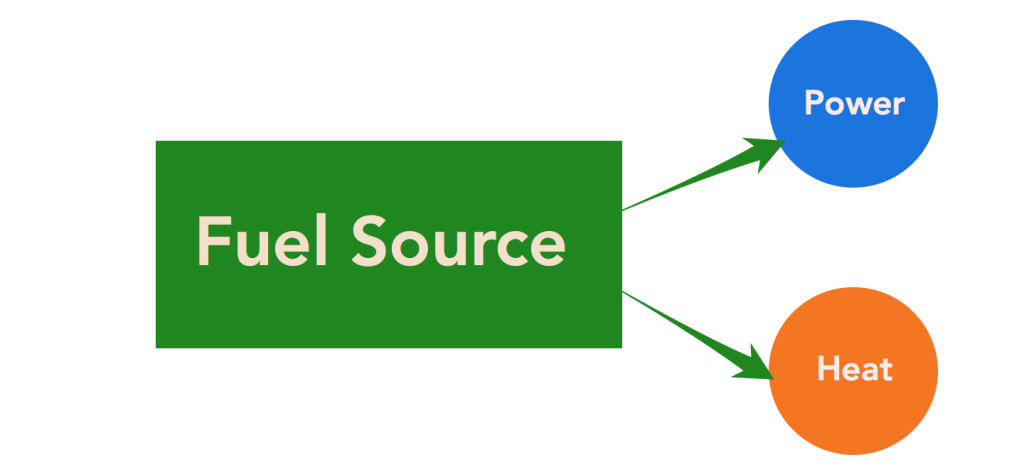 What if you could harness an energy technology that would create not just power but heat for your building, and save you money at the same time?
What if you could harness an energy technology that would create not just power but heat for your building, and save you money at the same time?
That technology, called combined heat and power (CHP), or cogeneration, is already being used to produce over 11% of Europe’s electricity. And the technique will only be more widespread in the coming years. China and India have been increasing cogeneration use dramatically, and are expected to keep increasing usage of CHP by up to 28% in the next 11 years.
The process of cogeneration, also known as recycled energy or distributed generation, involves capturing excess heat from whatever production method is used to produce electricity. This could include exhaust from burning oil, coal, natural gas or even biomass or methane from garbage or wastewater. This can happen in a huge power station or a single engine.
The most straightforward use of this heat is to usher it through pipes to heat various parts of the building. But it can also be used to boil water to create steam to provide an extra power boost. When the latter method is utilized, it’s called combined cycle.
The improvement of percent of useable energy is dramatic. Conventional energy systems convert only about 45% of useable energy from any given fuel source. Cogeneration however, converts about 75% or more, a 60-70% increase in efficiency. CHP technology continues to improve, leading to greater energy conversion and re-use rates.
The benefits are manifold. Buildings that use cogeneration decrease energy use, costs, greenhouse gas emissions and in some cases, pollutants.
While the practice has been widely used in large industrial settings, it is now being used in commercial buildings. Heating and cooling buildings is one of the most expensive operating costs for office buildings, and HVAC (heating, ventilation, air conditioning) is an area that is tailor-made to benefit from cogeneration.
The basic steps to take advantage of cogeneration in a building are:
- Installing a fuel cell, turbine or engine to generate electricity for the building
- Installing a heat recovery unit to capture hot exhaust from the electricity generation
- Using the heat energy to power an absorption chiller or a steam generator, which drives and controls the HVAC system
- Using any excess thermal energy to heat water for the building’s occupants
There are thousands of cogeneration plants in North America. While some are utility power plants, many are small plants at corporations, hospitals, hotels or on university campuses. These localized power plants reduce the cost of transporting electricity. Meanwhile, in Japan, Honda is on its fifth-generation of a household-sized cogeneration unit.
Companies are seeing dramatic savings by using cogeneration. Computer networking company Network Appliance uses a cogeneration system with natural gas. The company has said it has reduced energy costs by $300,000 a year to meet its high-demand air conditioning needs.
If you’d like to see more examples of CHP, you can access the Department of Energy’s database of CHP projects.
Of course, you will need to adhere to regulations of your local energy company. New York facilities should read ConEd’s guide to CHP for projects over 5MW.
